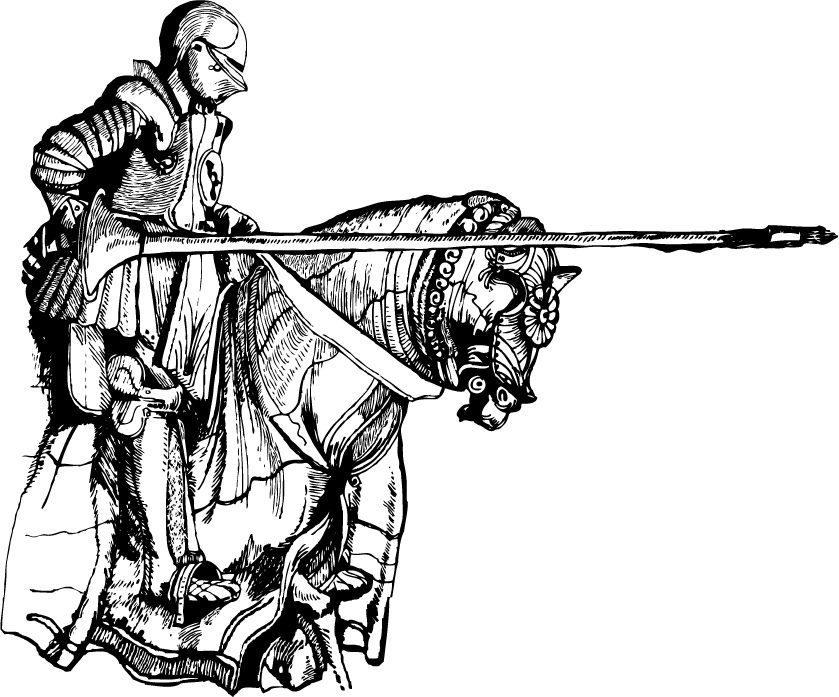Description
Charles Lindbergh’s 1927 flight from New York to Paris enjoyed essential elements of long range aerodynamnics: that flight at the wing’s best angle of attack gives best air miles per pound of fuel, which improves constantly as fuel weight is consumed; that it takes more fuel to carry more weight, including more fuel; that an aircraft’s performance can be quantified for range performance if base numbers are known and further computed using basic algebra and a spread sheet; altitude itself has no effect on range but gives higher TAS, and exposure to more wind.
As there are no fuel stations mid ocean, fuel to destination and alternate must be precise, with another 10% cushion as enroute reserve. Beyond the alternate, another 2 hours fuel is prudent, that amount being far less than 2 hours at departure weight.
The author’s ocean flights are integrated herein with successful historic flights while calling out practices that have resulted in lives and airplanes lost. There are lessons here for pilots whether crossing oceans or counties, loads of safety and efficiencies.






